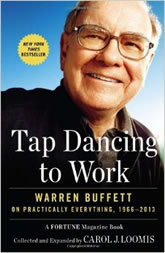 Among the many booths at Berkshire Hathaway’s 2015 Annual Meeting was one run by a local bookstore. Each year, BRK approves a list of books, many of which have been mentioned in shareholder letters or other speeches by Warren Buffett and/or Charlie Munger. I always see media articles referring to this list (ex. 11 Picks from Warren Buffett’s Bookshelf), but here is the entire official list from The Bookworm.
Among the many booths at Berkshire Hathaway’s 2015 Annual Meeting was one run by a local bookstore. Each year, BRK approves a list of books, many of which have been mentioned in shareholder letters or other speeches by Warren Buffett and/or Charlie Munger. I always see media articles referring to this list (ex. 11 Picks from Warren Buffett’s Bookshelf), but here is the entire official list from The Bookworm.
“I insist on a lot of time being spent, almost every day, to just sit and think. That is very uncommon in American business. I read and think. So I do more reading and thinking, and make less impulse decisions than most people in business. I do it because I like this kind of life.” – Warren Buffett
Besides the well-known Buffett biographies and classic investing books, it still manages to include several investing books I’d never heard of before, as well as some intriguing non-investing books by Buffett’s siblings and children. There is even a comic book and a separate section for kids. Here’s the Amazon-linkified list, sorted by category in alphabetical order.
About Warren Buffett
- Berkshire Beyond Buffett: The Enduring Value of Values by Lawrence Cunningham
- Berkshire Hathaway Letters to Shareholders collected by Max Olson
- Buffett: The Making of an American Capitalist by Roger Lowenstein
- Buffett’s Bites: The Essential Investor’s Guide to Warren Buffett’s Shareholder Letters by L.J. Rittenhouse
- The Essays of Warren Buffett, Lessons for Corporate America collected by Lawrence Cunningham
- A Few Lessons for Investors and Managers from Warren E. Buffett by Peter Bevelin
- Of Permanent Value: The Story of Warren Buffett, 2014 Endless Extra Edition by Andrew Kilpatrick
- The Oracle & Omaha: How Warren Buffett and His Hometown Shaped Each Other by Steve Jordan
- The Real Warren Buffett: Managing Capital, Leading People by James O’Loughlin
- Tap Dancing to Work: Warren Buffett on Practically Everything by Carol Loomis
- Warren Buffett: An Illustrated Biography of the World’s Most Successful Investor by Ayano Morio
- Warren Buffett on Business: Principles from the Sage of Omaha by Richard Connors
- Warren Buffett Speaks: Wit and Wisdom from the World’s Greatest Investor, Second Edition, by Janet Lowe
- The Warren Buffett Way, Third Edition, by Robert G. Hagstrom
About Charlie Munger
- Damn Right!: Behind the Scenes with Berkshire Hathaway Billionaire Charlie Munger by Janet Lowe
- Poor Charlie’s Almanack: The Wit and Wisdom of Charles T. Munger, Third Edition edited by Peter Kaufman
On Investing
- Business Adventures: Twelve Classic Tales from the World of Wall Street by John Brooks
- Clash of the Cultures: Investment vs. Speculation by John Bogle
- The Go-Go Years: The Drama and Crashing Finale of Wall Street’s Bullish 60s by John Brooks
- The Great Crash: 1929 by John Kenneth Galbraith
- The Intelligent Investor: The Classic Text on Value Investing by Benjamin Graham
- The Intelligent Investor (Revised Edition) by Benjamin Graham, revised by Jason Zweig
- Investing Between the Lines: How to Make Smarter Decisions by Decoding CEO Communications by Laura Rittenhouse
- The Little Book of Common Sense Investing: The Only Way to Guarantee Your Fair Share of Stock Market Returns by John Bogle
- Once in Golconda: A True Drama of Wall Street 1920-1938 by John Brooks
- The Outsiders: Eight Unconventional CEOs and Their Radically Rational Blueprint for Success by William Thorndike
- Strategic Value Investing: Practical Techniques of Leading Value Investors by Stephen Horan, Robert Johnson and Thomas Robinson
- The Ten Commandments for Business Failure by Donald R. Keough
- Where Are the Customers’ Yachts? Or a Good Hard Look at Wall Street by Fred Schwed, Jr.
General Interest
- Dream Big by Cris Correa
- Foods You Will Enjoy: The Story of Buffett`s Store by Bill Buffett
- Forty Chances: Finding Hope in a Hungry World by Howard G. Buffett
- Giving It All Away: The Doris Buffett Story by Michael Zitz
- Life Is What You Make It: Find Your Own Path to Fulfillment by Peter Buffett
- Life Lessons in Business: Wisdom from Warren E. Buffett & L.A. “Davy” Davidson by Gwyn Davidson Larsen
- Seeking Wisdom: From Darwin to Munger by Peter Bevelin
- The Women of Berkshire Hathaway: Lessons from Warren Buffett’s Female CEOs and Directors by Karen Linder
Family and Children’s Interests
- My First Berkshire ABC by Nancy Rips
- The Oracle’s Fables: Life Lessons for Children Inspired by the Oracle of Omaha by John Prescott, illustrated by Tom Kerr
- The Secret Millionaires Club: Warren Buffett’s 26 Secrets to Success in the Business of Life by Andy & Amy Heyward
- The Secret Millionaires Club DVD, Volume 1 and Volume 2
- The Secret Millionaires Club Business in a Box
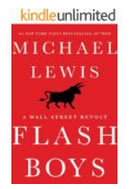
 Wouldn’t a Netflix for books be neat? You could borrow all the books that you wanted to read and then return them when you’re done. Oh wait, they already invented it and called it a library.
Wouldn’t a Netflix for books be neat? You could borrow all the books that you wanted to read and then return them when you’re done. Oh wait, they already invented it and called it a library.
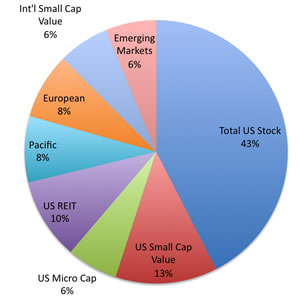
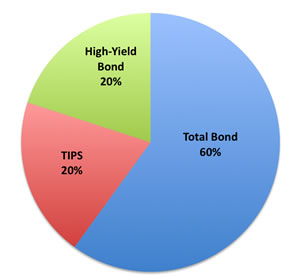
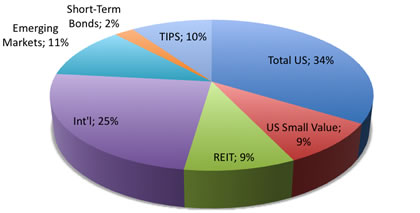


 (
(



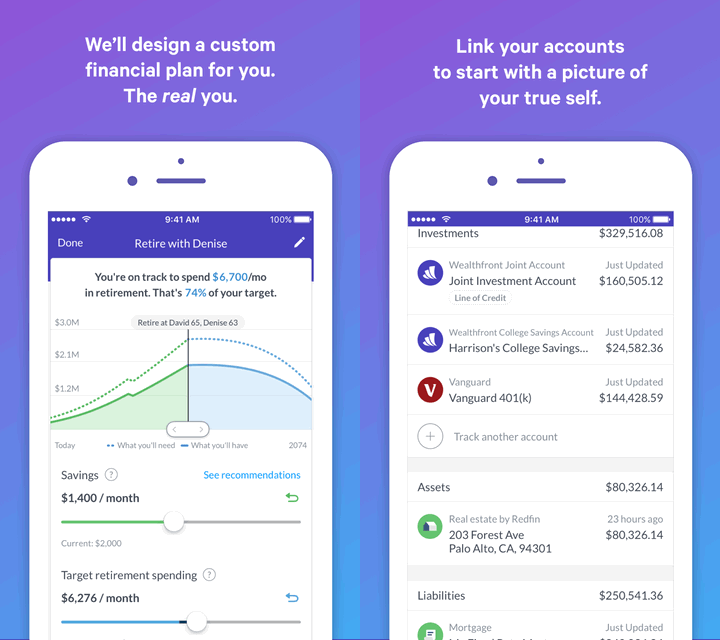
 The Best Credit Card Bonus Offers – November 2024
The Best Credit Card Bonus Offers – November 2024 Big List of Free Stocks from Brokerage Apps
Big List of Free Stocks from Brokerage Apps Best Interest Rates on Cash - November 2024
Best Interest Rates on Cash - November 2024 Free Credit Scores x 3 + Free Credit Monitoring
Free Credit Scores x 3 + Free Credit Monitoring Best No Fee 0% APR Balance Transfer Offers
Best No Fee 0% APR Balance Transfer Offers Little-Known Cellular Data Plans That Can Save Big Money
Little-Known Cellular Data Plans That Can Save Big Money How To Haggle Your Cable or Direct TV Bill
How To Haggle Your Cable or Direct TV Bill Big List of Free Consumer Data Reports (Credit, Rent, Work)
Big List of Free Consumer Data Reports (Credit, Rent, Work)